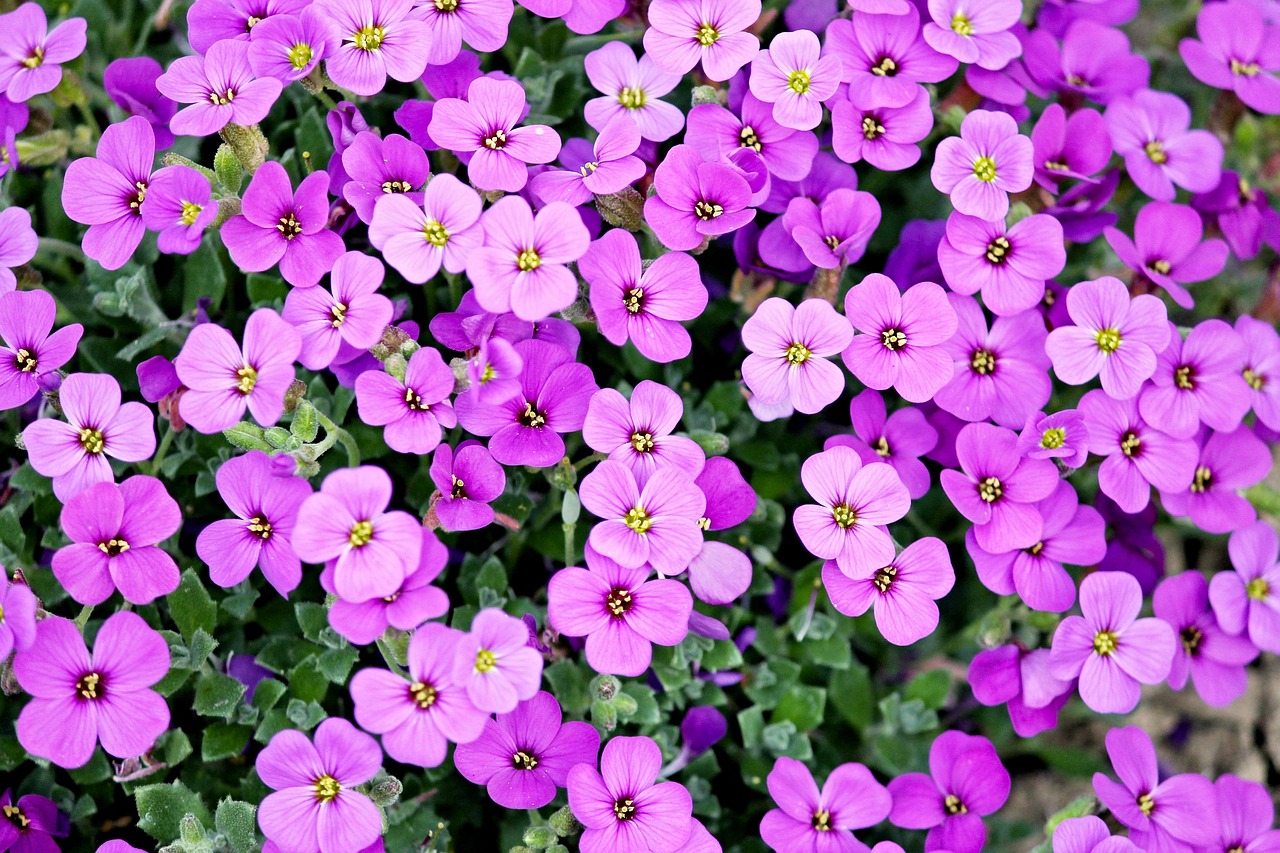In literature, the daisy has been used to convey a wide range of meanings and symbolisms. In medieval literature, it was often regarded as a symbol of purity and innocence, while in Victorian literature, it was associated with love and loyalty. As literature evolved, the daisy began to represent more complex themes, such as resilience and freedom. In William Wordsworth’s poem “She Dwelt Among The Untrodden Ways,” the daisy represents the overlooked beauty in the world. In Robert Frost’s poem “The Runaway,” the daisy represents the fleeting nature of life. The daisy’s versatility in literature is a testament to its enduring appeal and importance in human history.
The Daisy in Art
The depiction of daisies in art has been diverse and fascinating. The simplicity and striking beauty of the daisy have made it a favorite among artists, who have used it to create beautiful works of art. Daisies have been used in paintings, sculptures, and other art forms, and artists have interpreted them in various ways to convey different themes and emotions.
In art, daisies are often used to represent hope, as they signify new beginnings and the promise of a bright future. They are also used to symbolize love and affection, as daisies are often given as gifts to express feelings of adoration or friendship. Additionally, the daisy has been used as a symbol of rebirth, with artists using it to convey the idea of renewal and growth.
Overall, the daisy’s versatility and beauty have made it a cherished subject in art throughout history. The different ways in which it has been interpreted showcase the complexity of human emotions and the underlying meanings that can be expressed through art.
The Daisy in Culture and Tradition
The daisy has been used in various traditions and customs around the world, making it a symbol with cultural significance. In ancient Egyptian culture, the daisy was associated with childbirth and motherhood, and the name daisy actually comes from the Old English word “daes eage,” meaning “day’s eye,” as the flower was believed to open and close with the sun, symbolizing life and renewal. In Victorian England, the daisy was used in courting rituals to represent love and innocence, and it was custom to make daisy chains and give them to loved ones. In Germany, the daisy is known as “Gänseblümchen,” or “little goose flower,” because geese were believed to feast on the flower. Even today, the daisy continues to have cultural significance in different parts of the world, with some cultures using the flower for decoration in festivals and celebrations, while others use it for medicinal purposes.
The Daisy in Gardening
The daisy is a versatile flower that has been a favorite among gardeners for centuries. Its popularity is due to the fact that it’s easy to cultivate and can thrive in a multitude of different conditions. From being used as a border plant to being part of a wildflower meadow, the daisy adds a touch of vibrancy and cheerfulness to any garden.
In addition to its aesthetic value, daisies also have beneficial properties when it comes to gardening. They attract pollinators such as bees and butterflies, which are essential for the health and growth of many plants. They also work as natural pest repellents, helping to protect other plants in the garden.
There are many different types of daisies that can be grown in a garden, including the classic white daisy, the African daisy, and the Shasta daisy. Each has its own unique beauty and can be used in a variety of ways to enhance the overall look and feel of the garden.
Growing daisies is a great way to add color and life to any outdoor space, and with its many benefits, it’s no wonder that the daisy has remained a cherished flower in the gardening world.
The Daisy in Medicine and Health
The daisy has been used for medicinal purposes for centuries, with different parts of the flower being used to treat various ailments. The daisy is known for its anti-inflammatory and antioxidant properties which make it a valuable herb for maintaining wellness and preventing disease. The leaves, flowers, and stems of the daisy plant have been used in traditional medicine as a natural remedy for many different ailments.
The daisy has been used to treat conditions such as arthritis, digestive issues, and respiratory problems. The anti-inflammatory properties of the daisy make it effective in reducing the inflammation that is often associated with arthritis. The daisy is also known for its soothing effect on the digestive system, which is beneficial for treating digestive issues such as bloating and constipation.
Moreover, the daisy is effective in treating respiratory problems such as coughs, asthma, and bronchitis, as it helps to reduce inflammation and clear mucus. In addition to these, the daisy has been used to treat skin conditions such as eczema, acne, and rashes due to its antibacterial and anti-inflammatory properties.
Overall, the daisy has numerous health benefits that make it an effective natural remedy for many ailments. Its anti-inflammatory, antioxidant, and antibacterial properties make it valuable for maintaining health and aiding in prevention and treatment of conditions. The daisy is a vital component in natural medicine today.










